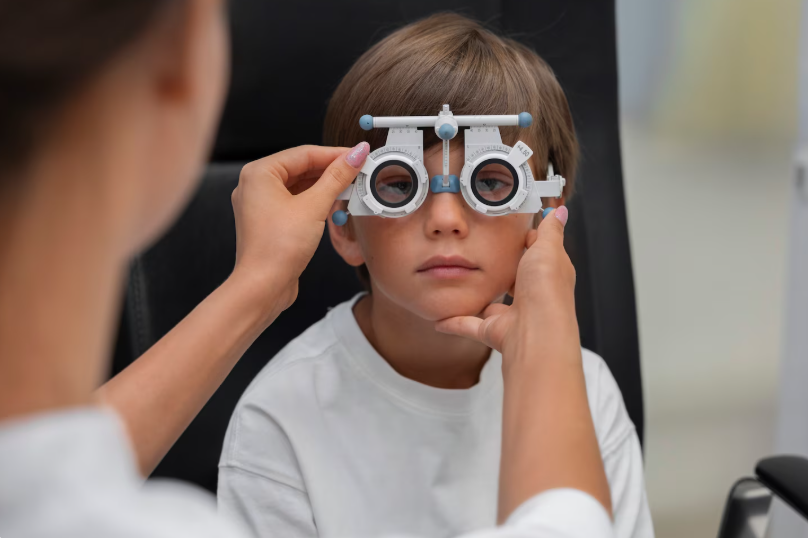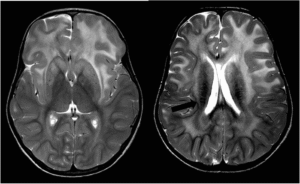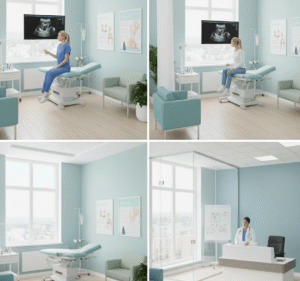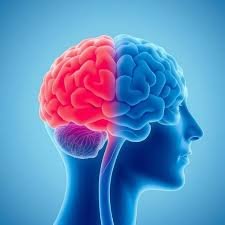Overview
Diplopia, commonly known as double vision, occurs when a person sees two images of a single object. This condition can significantly affect daily life, balance, and coordination. In Korea, ophthalmology and neurology specialists provide advanced diagnostic tools and treatment options, including eye surgery, vision therapy, and corrective lenses.
What is Diplopia?
Diplopia is a visual disorder resulting from misalignment of the eyes, neurological issues, or problems with the eye muscles. It can be monocular (affecting one eye) or binocular (affecting both eyes). The condition is not a disease itself but a symptom of underlying health problems, including cranial nerve disorders, cataracts, or stroke.
Symptoms
- Seeing two images of a single object
- Blurred or overlapping vision
- Eye strain or fatigue
- Headaches
- Difficulty focusing or reading
- Tilting the head to compensate for misalignment
Causes
- Strabismus (misaligned eyes)
- Neurological disorders such as stroke, multiple sclerosis, or brain tumor
- Cranial nerve palsy affecting eye movement
- Eye muscle disorders
- Cataracts or corneal irregularities
- Trauma or injury to the eye or head
Risk Factors
- Age-related conditions such as cataracts
- History of neurological disease or brain injury
- Diabetes or hypertension affecting blood vessels
- Eye muscle or nerve disorders
- Congenital eye alignment issues
Complications
- Impaired depth perception
- Difficulty driving or performing daily tasks
- Risk of falls or accidents
- Eye strain and chronic headaches
- Reduced quality of life if untreated
Prevention
- Regular eye examinations for early detection
- Proper management of chronic conditions such as diabetes and hypertension
- Protective eyewear during sports or high-risk activities
- Prompt evaluation after eye or head trauma
Treatment Options in Korea
Diagnosis
- Comprehensive eye examination by ophthalmologists
- Vision alignment tests to identify misalignment
- Neuroimaging (MRI or CT) if neurological causes are suspected
- Blood tests to evaluate underlying conditions like diabetes
Medical Treatments
- Corrective lenses or prism glasses to realign vision
- Medications for underlying causes such as infections or inflammation
- Botulinum toxin injections in cases of muscle overactivity
Surgical or Advanced Therapies
- Strabismus surgery to correct eye muscle alignment
- Surgery for cataracts or corneal abnormalities causing double vision
- Neurological interventions if brain or nerve pathology is identified
Rehabilitation and Support
- Vision therapy to strengthen eye muscles and improve coordination
- Regular follow-ups with ophthalmologists and neurologists
- Lifestyle adaptations to reduce eye strain
- Counseling for safety measures during daily activities













